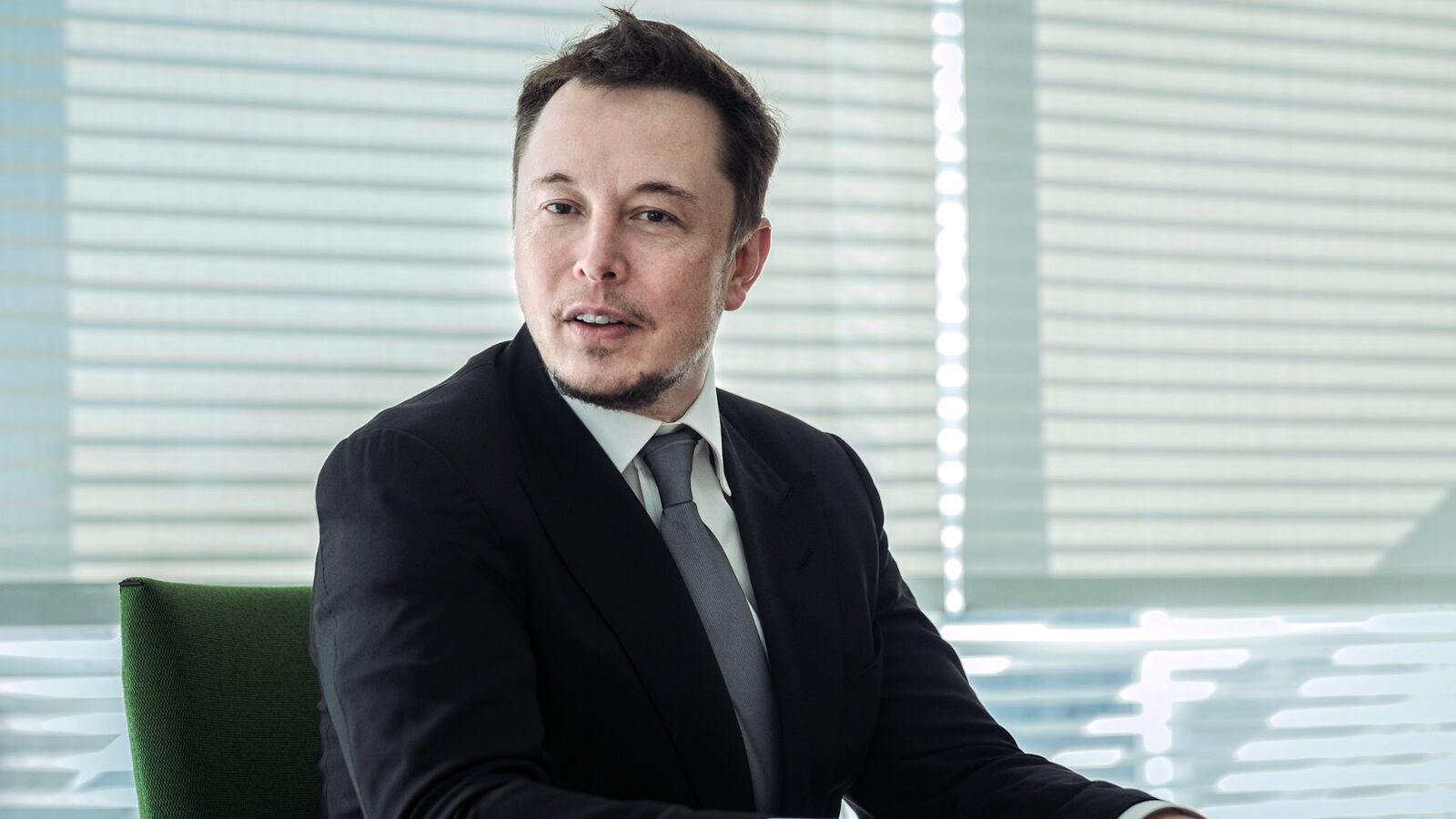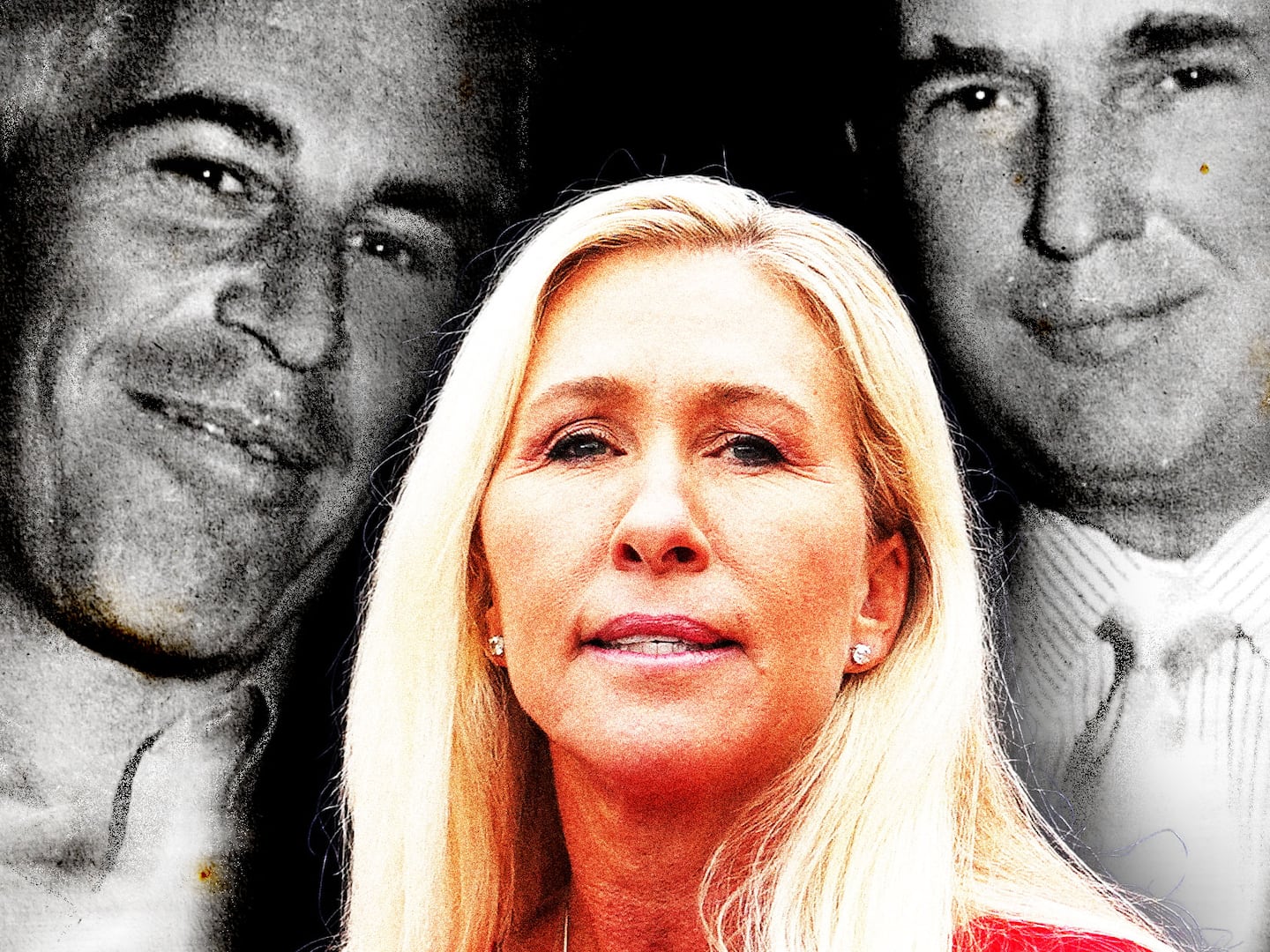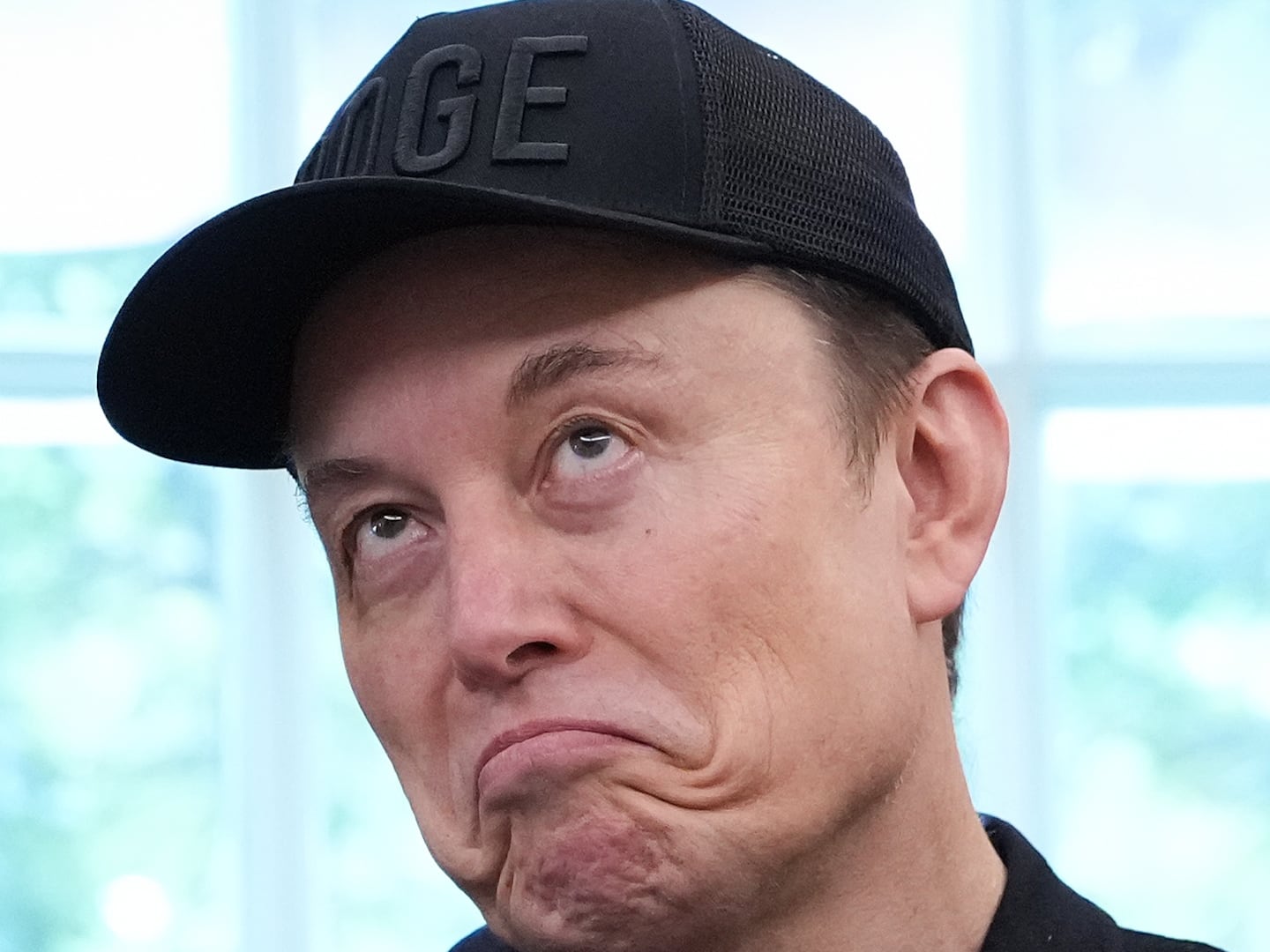Teslas are stylish, cutting-edge, and immensely popular electric vehicles. With their sleek exteriors, luxurious interiors and dashboards dominated by a single enormous touchscreen, they’re preeminent 21st-century status symbols. While their wow factor is undeniable, their safety and reliability record is more debatable.
Just last week, Tesla recalled upward of 130,000 cars because of a not-insignificant new glitch: the onboard infotainment system had a habit of overheating to a dangerous degree, and shut down a variety of basic functions necessary for operation. While a software update was all that was required to fix the glitch, it was merely the latest technological headache for the company, which—depending on which reports you believe—has to date issued recalls on a quarter to half of all its sold cars.
That is, let’s say, not great. And for further evidence that Elon Musk’s sales pitch about Teslas may not wholly align with reality, there’s now Elon Musk’s Crash Course, the latest installment in The New York Times’ documentary series on FX. Premiering on May 20, the film focuses on Tesla’s Autopilot feature, which was first announced by Musk in 2014. By the end of that year, all new Tesla cars were manufactured with the hardware necessary for Autopilot, and its initial software was rolled out in 2015. Subsequent upgrades followed, always touted by Musk as the beginning of a process that would change the future of automotive travel. Year after year, on stage after stage, Musk proclaimed that fully autonomous driving was both our destiny, and imminent—in clips featured here, he repeatedly announces that Tesla is approximately “two years away” from delivering a system that will take passengers from their homes to their offices without any human input.
The problem, of course, is that those promises haven’t yet been realized—and have actually led, in a number of instances, to fatal crashes.
Elon Musk’s Crash Course begins with 911 calls from the 2016 crash site of 40-year-old Joshua Brown, whose Tesla Model S Sedan was demolished when it collided with a tractor-trailer that was turning into traffic on a Florida road. At the time of the accident, Brown had his Autopilot feature activated, and there’s no evidence that he or the car ever made an attempt to brake or take evasive steering action. Subsequent conclusions blamed this fatal wreck on the fact that Autopilot—which at the time relied upon a combination of cameras and radar but not LiDAR, which most other manufacturers employ—couldn’t properly differentiate between perpendicular trucks and bridges; mistaking the former for the latter, the car proceeded onward, thereby ending Brown’s life.
As friends recount in Elon Musk’s Crash Course, Brown was a military man who loved implementing and experimenting with new devices, and his fondness for Tesla’s Autopilot was thus a natural extension of his overarching worldview. That sort of faith in technology’s capacity for altering global paradigms is what motivates Tesla owner Kim Paquette, for instance, to currently serve as one of the company’s real-world guinea-pig beta testers, driving around Newport, Rhode Island with Autopilot as a means of further refining the system. It’s also, however, a recipe for disaster, which is why Tesla senior project engineer JT Stukes states that, while Brown’s death was obviously tragic, his reaction was also that “it was going to happen.” Likewise, former Tesla president Jon McNeill admits that, upon discussing Autopilot with a Big Pharma executive, he was cautioned about the inevitable fatalities that would come from this sort of experimentation, and that unlike with drug trials (which are expected to lead to deaths), Autopilot-specific losses of life would be far less tolerated and much more publicly scrutinized and decried.
A National Transportation Safety Board (NTSB) inquiry into Brown’s crash concluded with recommendations that Autopilot not be operated on roadways for which it was not designed, and that it had to find a better way to determine and facilitate driver engagement with the system—meaning, in effect, that its warnings to drivers that they had to put their hands back on the wheel, rather than playing games or watching movies, were insufficient. According to the doc, the ensuing 2019 death of Jeremy Banner in an accident almost identical to Brown’s suggests that Tesla didn’t heed those warnings. On the contrary, the fact that it’s since decided to ditch radar as a component of Autopilot in favor of relying solely on cameras strikes some of those featured in Elon Musk’s Crash Course—including New York Times reporters Cade Metz and Neal Boudette—as a symptom of Musk’s habit of responding to criticism and doubters by stubbornly doubling down on his mission.
Elon Musk’s Crash Course is a thorough and sharply edited non-fiction look at both Musk’s rise to billionaire prominence and power, and at the evolution of Autopilot, whose “Full Self Driving” feature is now widely available. Moreover, via interviews with journalists, former employees, members of the NTSB, and consumers, it’s a portrait of a techno-feature that implies one thing with its name, but affords something far less—specifically, a variety of driver-assistance enhancements that aren’t anywhere near capable of providing the hands-free experience that Musk routinely touts at conferences and on his beloved Twitter. Simply put, FX’s documentary contends that Musk has routinely and deliberately pledged something he can’t presently fulfill, the issue being that there are millions of Tesla owners who may reasonably believe that Autopilot and Full Self Driving will do their steering and braking for them—resulting in hazardous “automation complacency.”
The larger question raised by Elon Musk’s Crash Course is whether Musk is cynically and/or recklessly jeopardizing lives for personal gain, or if such risks—on both a human and societal scale—are a necessary if horrible cost for the kind of transformative change he seeks. The jury is out on that point and may remain out for years (or decades) to come, depending on how long it takes for autonomous vehicles to truly co-opt our local streets and interstate highways. Think of this New York Times documentary, then, as simply a caution against buying the grandiose guarantees Musk is currently peddling, lest one become a casualty of his not-yet-assured revolution.






